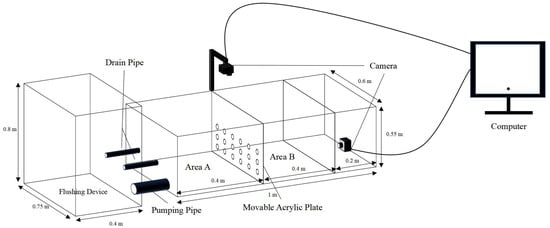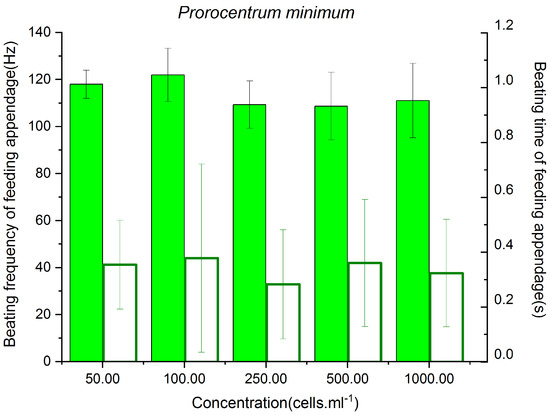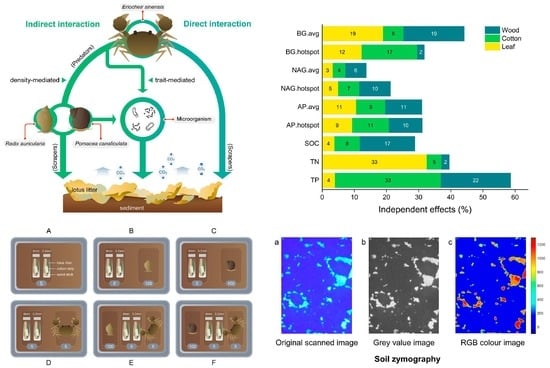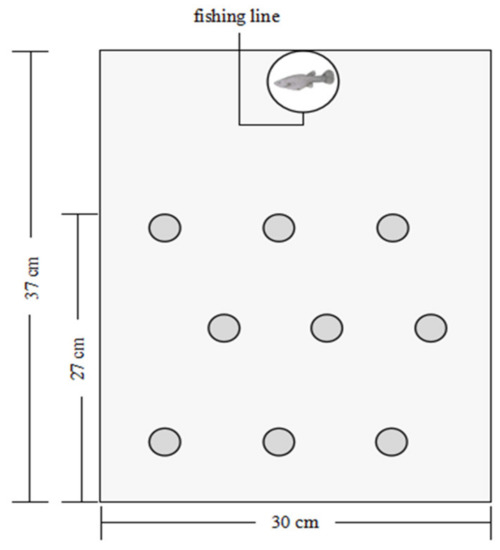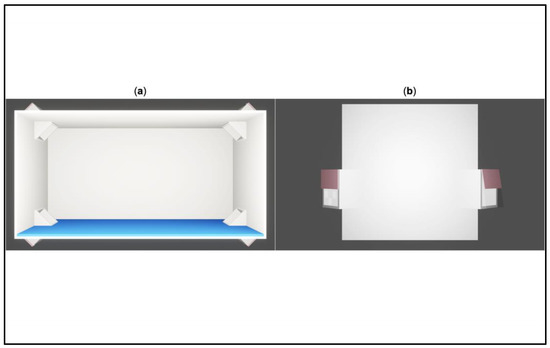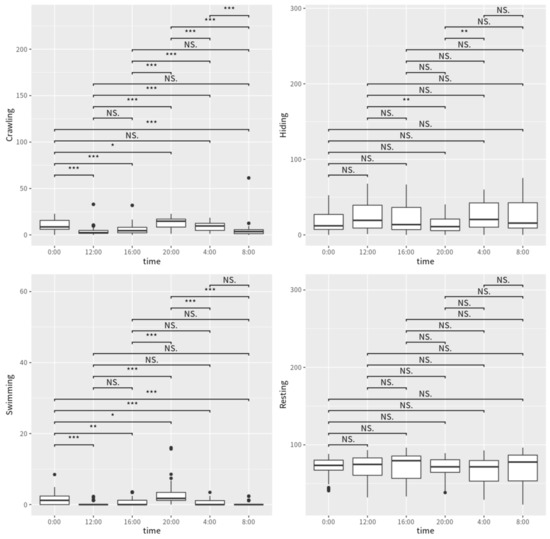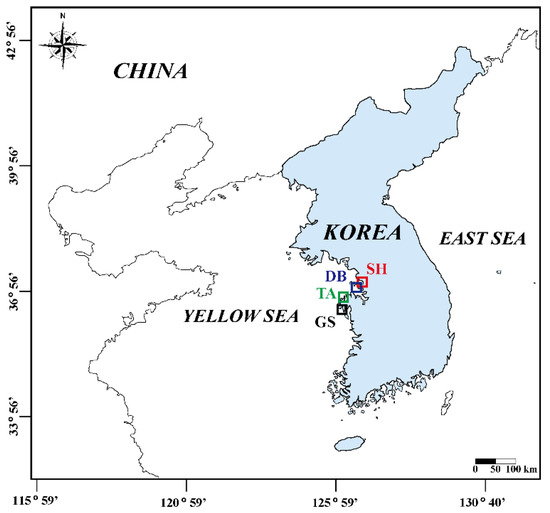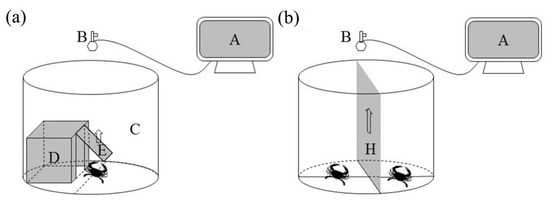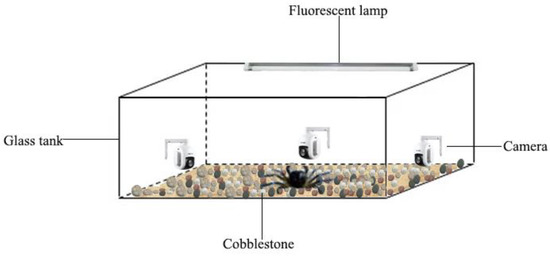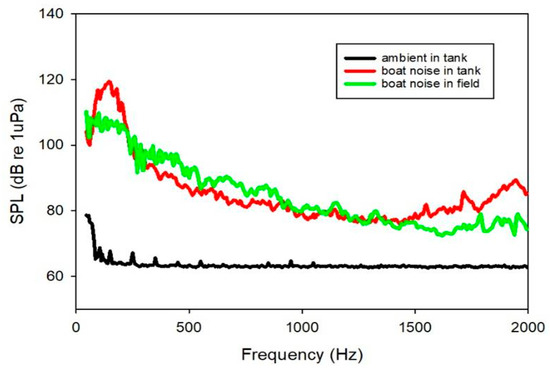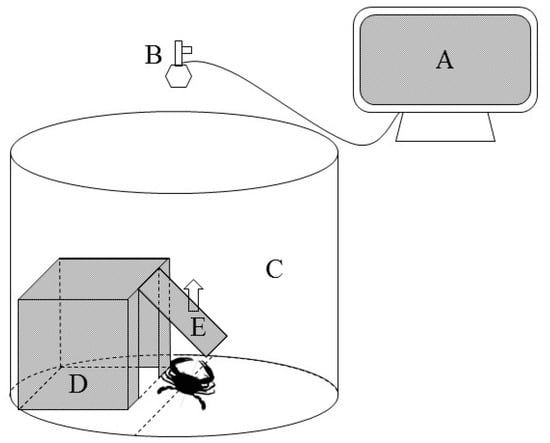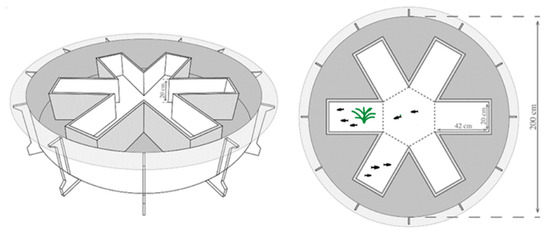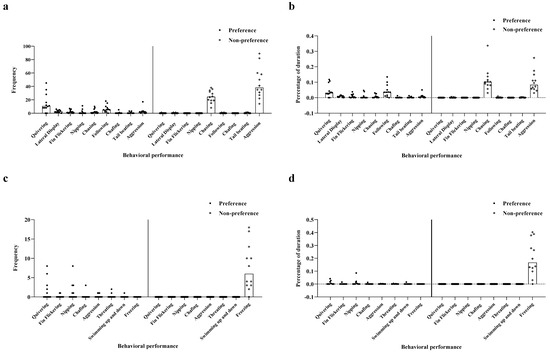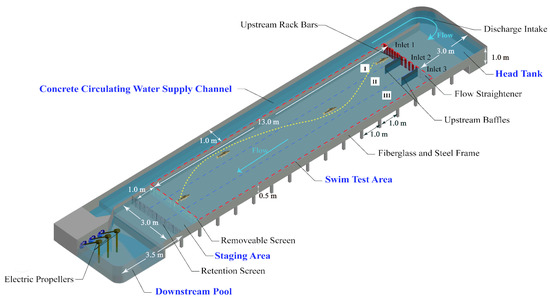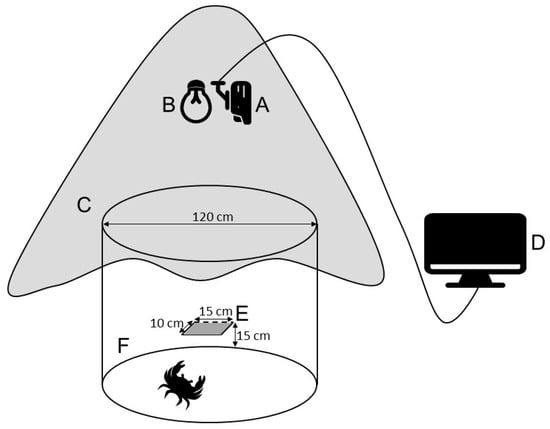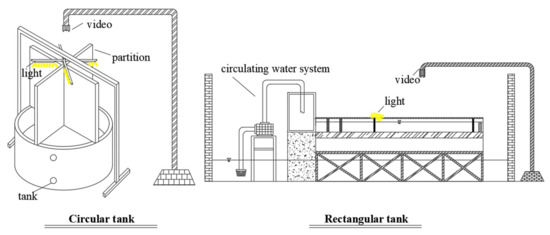Behavioral Ecology of Aquatic Animals
A topical collection in Animals (ISSN 2076-2615). This collection belongs to the section "Aquatic Animals".
Viewed by 50163Editors
Interests: crab behavioral ecology; aquaculture ecology
Special Issues, Collections and Topics in MDPI journals
Topical Collection Information
Dear Colleagues,
Environmental pollution and climate change caused by rapid anthropogenic spread have posed unprecedented risks and challenges to water ecosystems. The various changes in these ecosystems may reshape the behavioral responses of aquatic animals in direct or indirect ways. Therefore, clarifying the underlying patterns of animal responses and their ecological consequences will benefit the protection of diverse water ecosystems.
We are launching a Topical Collection entitled “Behavioral Ecology of Aquatic Animals” devoted to calling for continuous attention on water ecosystems. Studies on aquatic animals including echinoderms, mollusks, crustaceans, and fishes will be collected. This Topical Collection focuses on the basic behaviors of aquatic animals, intraspecific and interspecific interactions between aquatic animals, and how abiotic factors affect aquatic animals. We hope these studies could explore the behavioral mechanisms and their ecological effects at the individual and group level.
Areas of interest include personality, movement, predation, competition, reproductive behavior, communication, social behavior, and habitat selection, among other topics.
Prof. Dr. Fang Wang
Prof. Dr. Shijian Fu
Collection Editors
Manuscript Submission Information
Manuscripts should be submitted online at www.mdpi.com by registering and logging in to this website. Once you are registered, click here to go to the submission form. Manuscripts can be submitted until the deadline. All submissions that pass pre-check are peer-reviewed. Accepted papers will be published continuously in the journal (as soon as accepted) and will be listed together on the collection website. Research articles, review articles as well as short communications are invited. For planned papers, a title and short abstract (about 100 words) can be sent to the Editorial Office for announcement on this website.
Submitted manuscripts should not have been published previously, nor be under consideration for publication elsewhere (except conference proceedings papers). All manuscripts are thoroughly refereed through a single-blind peer-review process. A guide for authors and other relevant information for submission of manuscripts is available on the Instructions for Authors page. Animals is an international peer-reviewed open access semimonthly journal published by MDPI.
Please visit the Instructions for Authors page before submitting a manuscript. The Article Processing Charge (APC) for publication in this open access journal is 2400 CHF (Swiss Francs). Submitted papers should be well formatted and use good English. Authors may use MDPI's English editing service prior to publication or during author revisions.
Keywords
- personality
- movement
- predation
- competition
- communication
- social behavior
- reproductive behavior
- habitat selection







